Unleashing Power: How to Choose the Perfect Stihl Chainsaw for Your Projects
In the ever-evolving world of outdoor power equipment, the Stihl Chainsaw stands out as a top choice for both professionals and DIY enthusiasts. With the U.S. chainsaw market projected to grow significantly, reaching an estimated value of $550 million by 2025 according to industry reports, the demand for reliable and efficient chainsaws has never been higher. Selecting the right chainsaw is crucial, not only for efficiency but also for ensuring safety during operation.
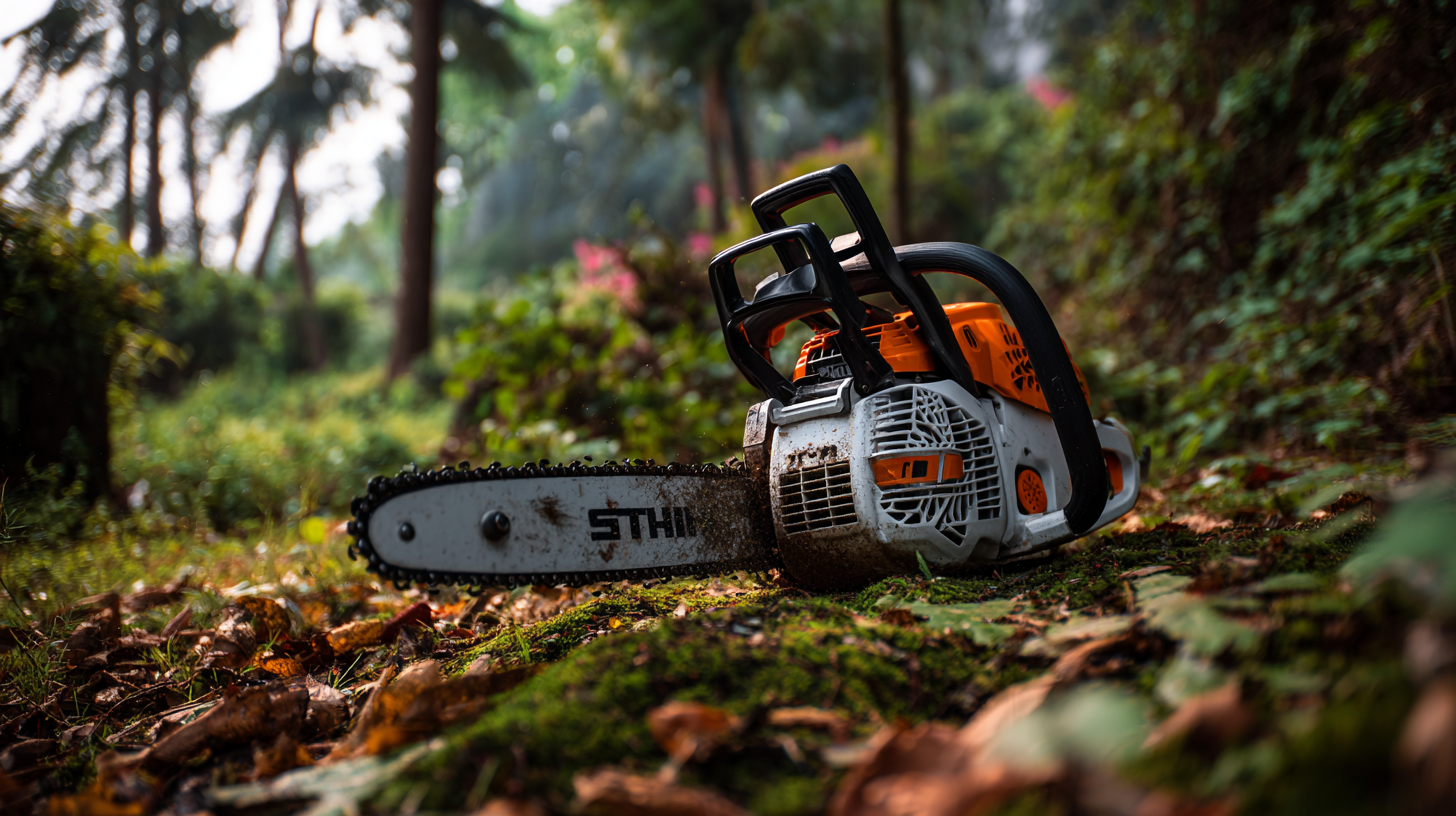 Industry expert and chainsaw specialist, Dr. Henry Wilkins, emphasizes the importance of understanding specific project requirements when choosing a Stihl Chainsaw. He states, "The key to unleashing the full potential of a chainsaw lies in matching the tool's specifications with the user's needs and the demands of the job." This insight highlights the necessity of careful consideration in the selection process, addressing factors such as power, weight, and cutting capacity.
Industry expert and chainsaw specialist, Dr. Henry Wilkins, emphasizes the importance of understanding specific project requirements when choosing a Stihl Chainsaw. He states, "The key to unleashing the full potential of a chainsaw lies in matching the tool's specifications with the user's needs and the demands of the job." This insight highlights the necessity of careful consideration in the selection process, addressing factors such as power, weight, and cutting capacity.
As we delve into the top five criteria for choosing the perfect Stihl Chainsaw for your projects, it is essential to align your choice with your individual requirements and the tasks at hand, paving the way for successful outcomes and an enjoyable cutting experience.
Understanding Your Cutting Needs: Identifying the Right Stihl Chainsaw Type
When selecting the appropriate Stihl chainsaw for your projects, it’s essential to identify your cutting needs first. Chainsaws come in various types, including electric, battery-powered, and gas models, each designed for specific tasks. For instance, according to a report by the Outdoor Power Equipment Institute, gas chainsaws are typically preferred for heavy-duty applications such as felling trees or cutting larger logs, while electric models are suitable for lighter tasks like pruning and branch cutting.
**Tips:** Consider the weight and maneuverability of the chainsaw. For extended usage, a lighter model can reduce fatigue, allowing for better control and precision.
Additionally, assess the bar length required for your tasks. Chainsaws with longer bars can tackle larger diameters but may be more cumbersome for smaller cuts. A study by the Equipment Performance Monitor reveals that users who select the right bar length report increased efficiency and safety during their projects. Understanding the scale of your work will guide you in making the right choice, ensuring that you unleash the full potential of your Stihl chainsaw.
**Tips:** Always prioritize safety features such as chain brakes and throttle controls, especially if you'll be working in dense or unpredictable environments.
Unleashing Power: How to Choose the Perfect Chainsaw for Your Projects
| Chainsaw Type | Power Source | Bar Length | Suitable for | Weight (lbs) |
|---|---|---|---|---|
| Battery-Powered | Battery | 12 - 14 inches | Light pruning, small jobs | 6 - 10 |
| Electric Corded | Electric | 14 - 16 inches | Medium pruning, firewood cutting | 8 - 12 |
| Gas-Powered | Gasoline | 16 - 20 inches | Felling trees, large cuts | 10 - 15 |
| Professional Gas | Gasoline | 20 inches and above | Heavy-duty tasks | 12 - 18 |
Key Features to Consider: Power, Size, and Weight of Stihl Chainsaws
When choosing the perfect chainsaw for your projects, understanding the key features such as power, size, and weight is essential. For instance, if you are looking for power, consider models like the MS 500i, which is uniquely fuel-injected, providing enhanced torque and responsiveness. This model stands out for its ability to handle demanding tasks efficiently, making it an excellent choice for heavy-duty cutting. Conversely, for those seeking lighter options with remarkable performance, the MS 400.1 series has recently undergone improvements, making it 300 grams lighter while maintaining a power output of 5.2 horsepower. This balance of weight and power is crucial for extended use during projects.
Weight also plays a significant role in the usability and comfort of chainsaws. For example, reviewers noted that the battery-powered models, such as the MSA 300, excelled in lightweight design and quiet operation, leading to a more pleasurable user experience. In fact, the performance of these models has been tested against traditional gas-powered options, highlighting their efficiency in varied tasks, from trimming hedges to felling trees. According to industry reports, these advances in technology and design reflect a growing trend where electric chainsaws are becoming increasingly favored for both professional and residential usage, thanks to their ease of handling and reduced noise levels.
Exploring Chainsaw Specifications: Engine Power and Bar Length Explained
When selecting the ideal Stihl chainsaw for your projects, understanding engine power and bar length is crucial. Engine power, typically measured in cubic centimeters (cc), significantly impacts the chainsaw's performance and suitability for various tasks. For instance, a Stihl chainsaw with a 30cc engine is optimal for light-duty work, such as trimming branches, while models with 60cc engines or more can efficiently handle larger logs and hardwood cutting. Industry reports indicate that chainsaws with higher engine power generally demonstrate increased cutting speed and efficiency, making them better suited for professional arborists and heavy-duty users.
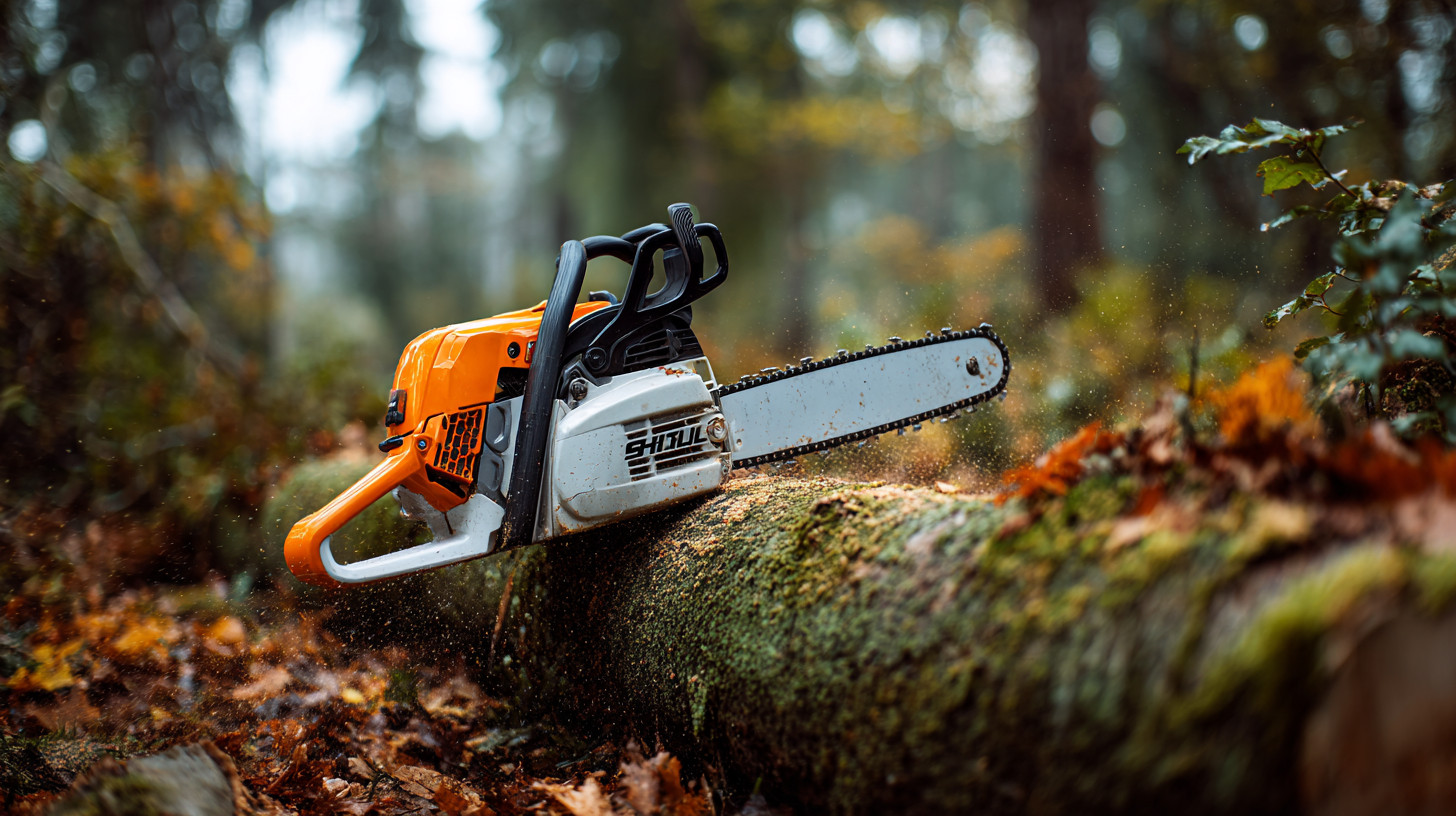
Bar length is another critical specification to consider, as it determines the size of the wood you can tackle. Chainsaws with shorter bars (around 12-16 inches) are excellent for precision work and maneuverability in tight spaces, ideal for homeowners and casual users. Conversely, longer bars (20 inches and above) are designed for substantial cuts and felling large trees. According to a survey by the American Society of Agricultural and Biological Engineers (ASABE), a bar length of 16-20 inches strikes the perfect balance for a majority of users, providing versatility across various cutting tasks while maintaining ease of use.
Safety First: Essential Safety Gear and Chainsaw Handling Tips
When operating a Stihl chainsaw, safety should be your top priority. Essential safety gear includes protective eyewear, hearing protection, gloves, and leg protection specific to chainsaw use. The right helmet can shield your head from falling branches, while non-slip boots provide stability on various surfaces. Each piece of equipment plays a crucial role in minimizing injury risks, enabling you to focus on your project without distraction.
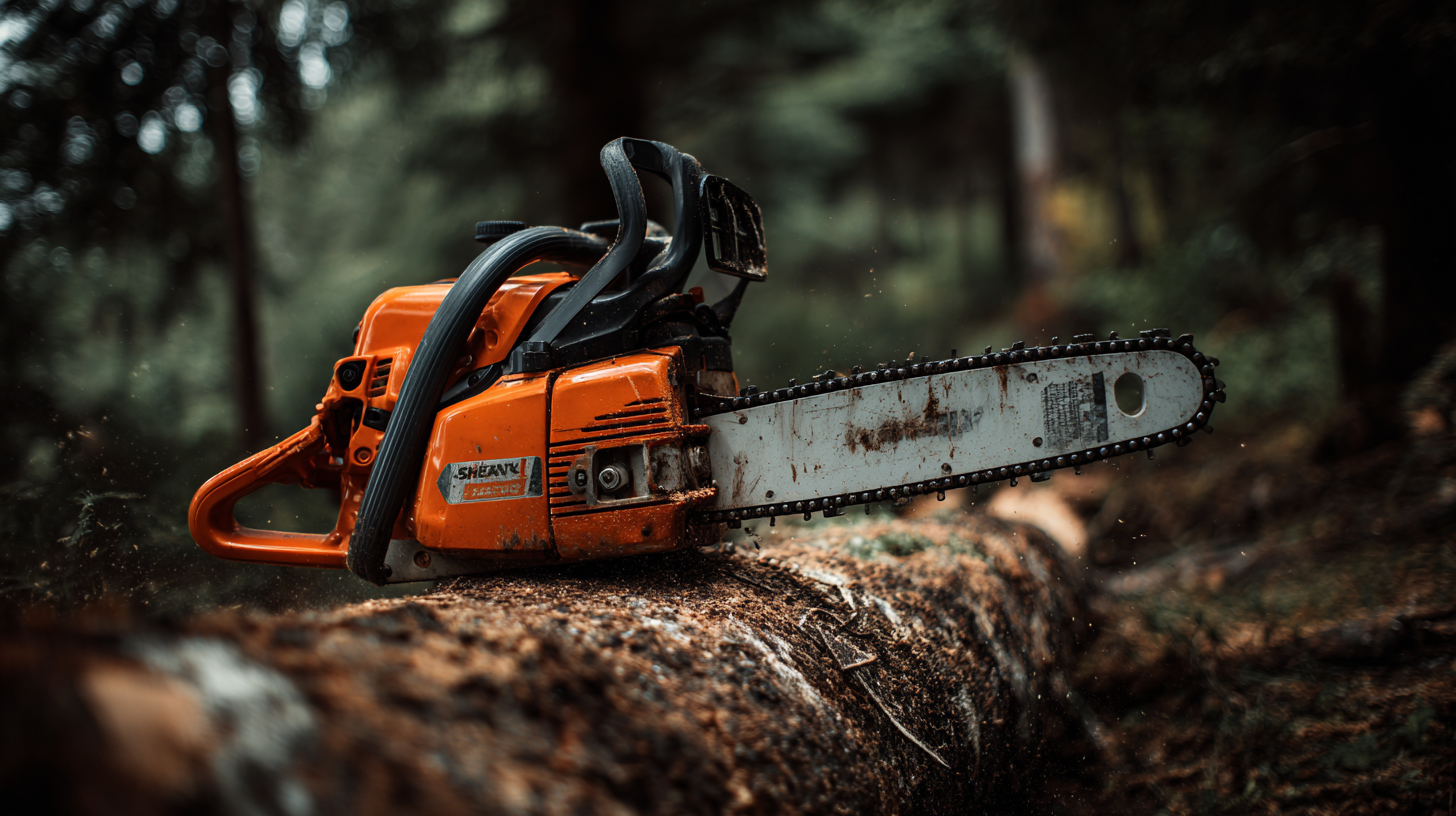
In addition to wearing proper gear, mastering chainsaw handling techniques is vital. Always begin by familiarizing yourself with the chainsaw's manual and its components. When starting the saw, ensure it is on a stable surface and away from your body. Use a firm grip and maintain a balanced stance to control the saw effectively. It's also important to keep a safe distance from bystanders and to avoid working alone in remote areas. Regularly inspect your chainsaw for wear and tear and perform necessary maintenance to ensure optimal performance while keeping safety at the forefront.
Maintenance Matters: Keeping Your Stihl Chainsaw in Top Shape for Longer Use
Maintaining your Stihl chainsaw is crucial not only for performance but also for longevity. According to a report from the American Society of Agricultural and Biological Engineers, regular maintenance can extend the lifespan of a chainsaw by up to 50%. This means that investing time and effort into upkeep pays off significantly in the long run. A well-maintained chainsaw not only works more efficiently but also reduces the risk of accidents caused by malfunctioning equipment.
One of the most important aspects of maintenance is regular cleaning and inspection. After every use, it is essential to remove sawdust and debris from the chain and guide bar. Additionally, Stihl's guidelines emphasize the importance of checking and tensioning the chain frequently. An improperly tensioned chain can lead to increased wear and tear, costing you time and money. Following these maintenance tips can ensure that your chainsaw operates smoothly and effectively, empowering you to tackle any project with confidence.
Related Posts
-
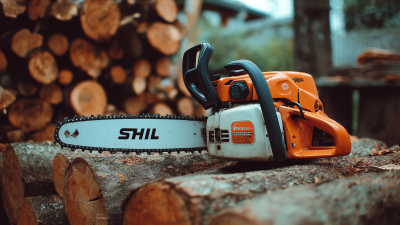
Unlocking the Power of Stihl Chainsaws: Essential Tips for Efficient Woodworking
-

Essential Chainsaw Parts You Didn't Know You Needed: Maximize Performance and Safety
-
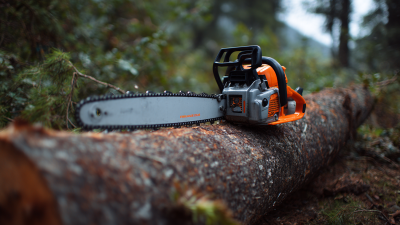
Why Hand Held Chain Saws Are Revolutionizing Outdoor Cutting Tasks
-

Brush Cutter Challenges You Should Know Before Buying
-

7 Reasons Why Quality Lawn Mower Parts Can Save You Money and Time
-

The Future of Outdoor Power Tools with Ms880 Chainsaw Innovation




